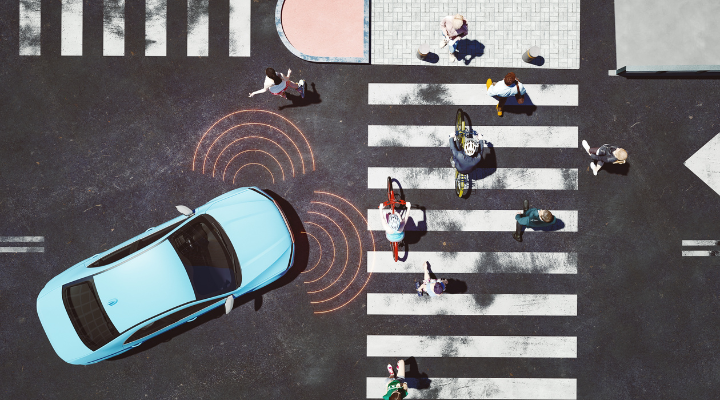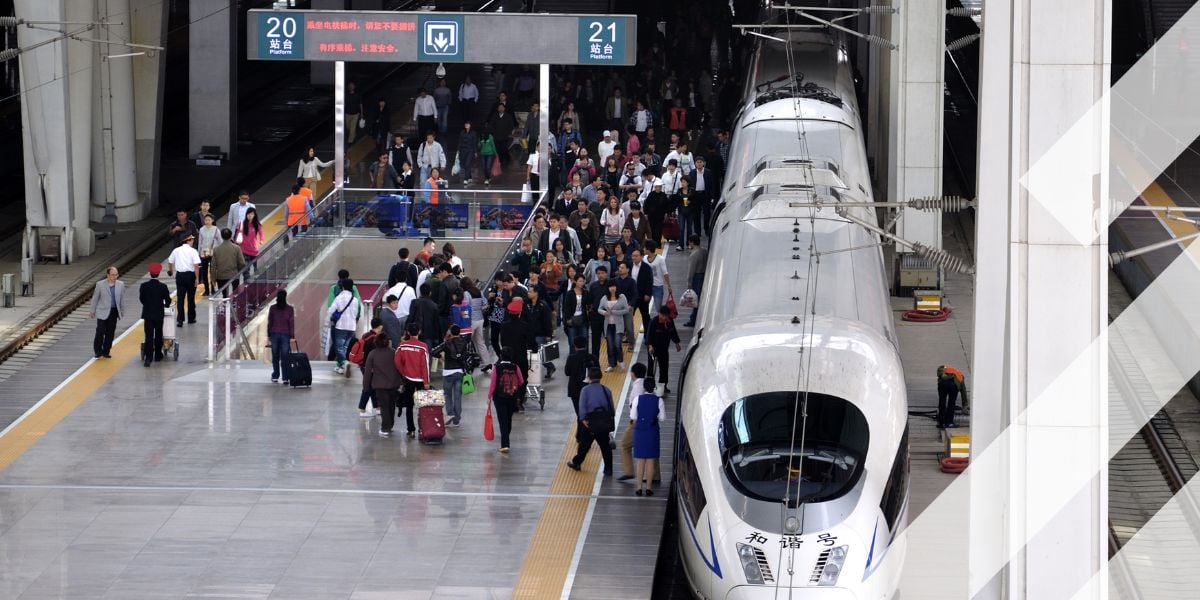Global Road Safety: Innovations and Challenges Across Different Countries
Road safety is a critical issue that impacts countries worldwide, influencing public health, economic stability, and the overall quality of life. While each nation faces unique challenges, the global community is united in its pursuit of safer roads. In this article, we will explore how countries like the France, Mexico, Belgium, Argentina, Netherlands, Singapore, and the USA are tackling road safety. By examining their approaches, successes, and ongoing challenges, we can gain valuable insights into the future of safer roads around the world.
France road safety
Road safety has been a key priority for the French government since the 1970s. In 2023, France reported 3,398 road fatalities, a 4.3% decrease from 2022 and 2.9% from 2019, reflecting ongoing safety efforts. However, challenges remain, with factors like speed limits, alcohol use, distracted driving, and the safety of young drivers still contributing to accidents on French roads.
Paris faces significant road safety challenges due to its dense traffic, millions of residents and visitors, and increasing numbers of pedestrians and cyclists. To address the rise in pedestrian and cyclist fatalities, the city has introduced several measures aimed at improving safety. One of the most notable initiatives is the "Vision Zero" plan, which strives to eliminate traffic deaths. This plan includes expanding pedestrian zones, creating more bike lanes, and enforcing stricter speed limits. For example, in 2019, the speed limit in central Paris was lowered from 50 km/h to 30 km/h to enhance safety for pedestrians and cyclists.
France is at the forefront of smart mobility innovations, leveraging Artificial Intelligence (AI) and advanced technology to enhance road safety, for example;
- AI-powered traffic management systems are being used to optimize traffic flow, reduce congestion, and prevent accidents.
- Autonomous vehicle trials aim to introduce self-driving technology into both public and private transportation networks. At the same time, connected vehicle technology enables real-time communication between vehicles, infrastructure, and traffic control centers. This helps prevent collisions and improve navigation efficiency.
- Smart pedestrian crossings equipped with sensors and adaptive signals adjust based on pedestrian movement, improving safety in urban areas.
- Automated speed cameras and AI-driven law enforcement enhance compliance with traffic laws and deter reckless driving.
These technological advancements are shaping the future of mobility in France, making roads safer, smarter, and more efficient.

Mexico
Mexico, a country with a rapidly evolving mobility landscape, faces significant challenges in ensuring road safety for its citizens. With over 15,979 road-related deaths reported in 2022 structured policies, technical developments, and infrastructure upgrades are desperately needed.
High-speed driving, poor infrastructure, and weak law enforcement contribute to Mexico's high traffic-related fatalities. In May 2022, Mexico introduced the National Law of Mobility and Road Safety to unify safety measures. The law creates a centralized database for fines, licenses, and plates, promotes seatbelt and helmet use, and tackles risks like DUI, speeding, and distracted driving through stricter enforcement and awareness. By combining technology, education, and tougher laws, the aim is to improve road safety nationwide.
In recent years, however, the emergence of smart mobility solutions, including the use of artificial intelligence (AI) and advanced technologies, has begun to shape a new era in Mexico's road safety landscape.
Despite advances in smart mobility and AI, Mexico still faces major road safety challenges. Smart systems aid accident prevention but can't replace better infrastructure, stricter enforcement, and responsible driving. Issues like high-speed rural roads, weak speed limit enforcement, and alcohol-related crashes persist. The future of road safety in Mexico may very well depend on a combination of traditional methods and innovative technologies. As Mexico continues to embrace smart mobility, AI could play a critical role in shaping a safer, more efficient transportation network for the nation’s millions of road users.
Belgium
Belgium, a European country renowned for its rich history and well-developed infrastructure, faces significant road safety challenges despite its advanced transport network. In 2022, the country reported over 500 road fatalities, with thousands more injured in traffic accidents. Belgium's road safety concerns stem from factors such as speeding, distracted driving, and road infrastructure that, while comprehensive, still requires continued improvements in certain areas. With its strategic location in Europe and a bustling transport system, Belgium is investing heavily in new technologies, policy initiatives, and smart mobility solutions to improve safety on its roads.
AI and smart mobility are transforming road safety in Belgium, with AI-driven traffic systems helping to reduce congestion and accidents in cities like Brussels and Antwerp. Real-time data from sensors and cameras optimize traffic signals and detect violations, enabling faster law enforcement response.
Belgium is also investing in autonomous vehicles to minimize human error. A 2023 pilot in Flanders tested AI-powered buses that analyse pedestrian movement and adapt to road conditions. As AI technology advances, its integration into public transport could enhance safety and efficiency while reducing accidents.
Argentina
Argentina has made progress in road safety but still faces challenges, with over 7,000 road fatalities in 2022, making it one of the most dangerous countries in Latin America. Contributing factors include speeding, distracted driving, poor road conditions, and inconsistent law enforcement. However, the country is embracing new technologies, like AI and smart mobility, to improve its road safety record.
Argentina is embracing AI-driven technologies and smart mobility solutions to tackle road safety challenges and improve traffic management. Here are two key examples of how AI is being used:
- AI-Powered Traffic Management in Buenos Aires: AI is optimizing traffic flow by adjusting signals and alerting authorities to incidents in real time. Cameras and sensors also monitor driver behaviour, detecting speeding and red-light violations, prompting immediate alerts for quick action.
- Autonomous Vehicle Technology: Autonomous vehicles are still in early stages, but a 2022 pilot for self-driving buses in Buenos Aires shows promise. Using AI and sensors to detect obstacles and optimize routes, these buses could help improve road safety as the technology evolves.
Road safety in Argentina remains a concern due to high traffic fatalities. However, AI-driven traffic management, autonomous vehicles, and real-time data offer promising solutions. By combining technology with better enforcement and public awareness, Argentina can improve road safety.
Global Road Safety Innovations: A Comparative Look
Road safety remains a priority worldwide, with countries like France, Mexico, Argentina, and Belgium employing innovative solutions to tackle road fatalities. These nations are leveraging advanced technology, smart mobility, and strict enforcement to reduce accidents and save lives.

France: Vision Zero & AI Enforcement
France’s Vision Zero strategy focuses on eliminating traffic fatalities through AI-powered speed cameras, smart radars, and improved infrastructure, such as expanded cycling lanes and pedestrian zones. Stronger DUI measures and mandatory ADAS in new cars further support this initiative, alongside public awareness campaigns promoting safe driving.
Mexico: AI & Smart Mobility
Mexico is addressing road safety challenges with AI, data-driven traffic management, and stricter laws. AI-powered sensors optimize traffic flow, while smarter enforcement focuses on speeding, distracted driving, and DUI. Public transport is also being enhanced with AI-based monitoring systems, and awareness campaigns promote safer driving habits.
Argentina: Autonomous Vehicles & Smart Enforcement
Argentina is testing autonomous vehicles and AI-driven traffic monitoring systems to improve road safety. Smart cameras detect violations and alert authorities, while AI-powered radars enforce speed limits in high-risk areas. The country is also investing in smart infrastructure to improve pedestrian safety and reduce accidents.
Belgium: AI-Powered Traffic Management
Belgium uses AI-driven smart traffic systems to optimize flow and reduce accidents. Autonomous buses are being tested in Flanders, and AI helps enforce traffic laws, while the expansion of cycling infrastructure further improves safety. IoT sensors analyse road conditions to prevent accidents, contributing to a safer, more sustainable transport network.
Conclusion: A Safer Future on the Roads
As countries around the world implement AI, autonomous vehicles, and smart mobility solutions, road safety is improving. Through a combination of technology, law enforcement, and public awareness, these nations are creating safer, more efficient transport systems. The future of road safety is driven by collaboration, innovation, and continued commitment to reducing fatalities globally.
Share your story
Do you have an innovation, research results or an other interesting topic you would like to share with the professionals in the infrastructure, traffic management, safety, smart mobility and parking industry? The Intertraffic website and social media channels are a great platform to showcase your stories!
Please contact our Sr Brand Marketing Manager Carola Jansen-Young.
Are you an Intertraffic exhibitor?
Make sure you add your latest press releases to your Company Profile in the Exhibitor Portal for free exposure.
.png?h=400&iar=0&w=1400)




